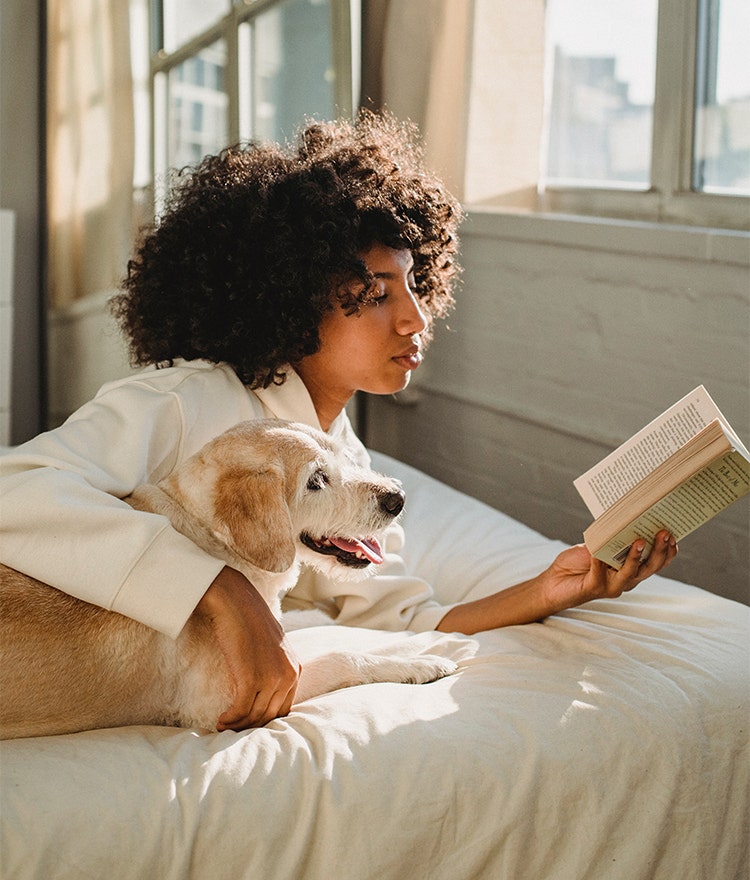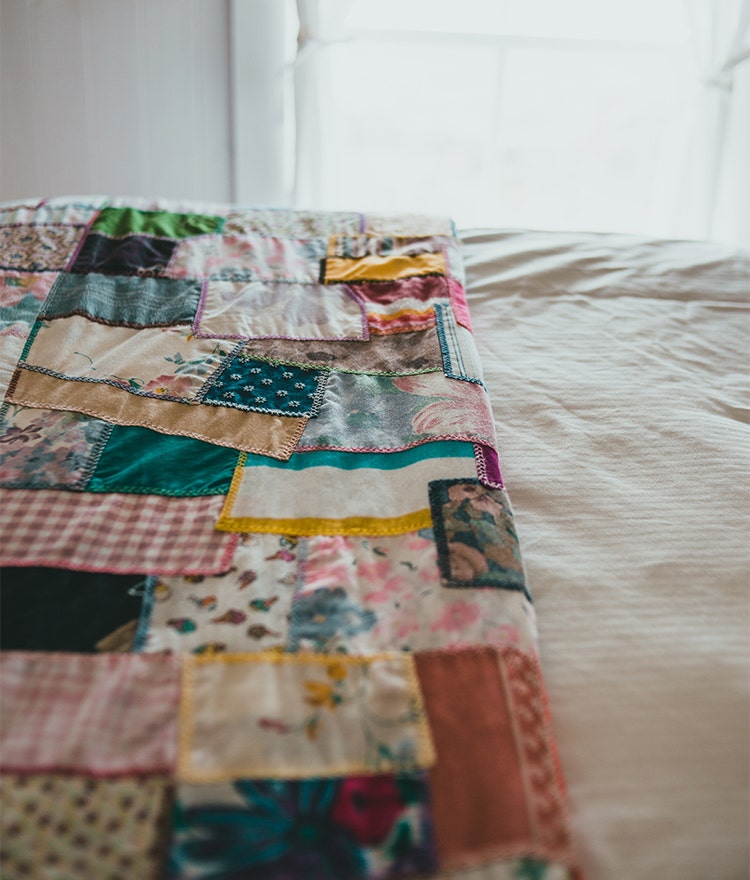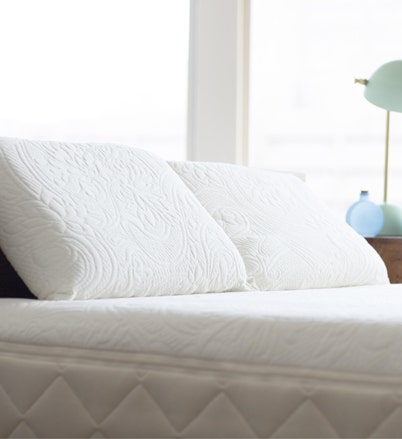
Is there anything better than getting into a bed with fresh, new sheets? Hardly. New cotton sheets are one of life’s simple luxuries and a great way to spruce up your sleep space.
However, while new bed sheets are the best, tossing your old ones in the trash – where they’ll only end up in a landfill – is not great. Luckily, there are plenty of better, eco-friendlier options! Keep reading to get tips on sustainable uses for old bed sheets.


How often should you buy new bed sheets?
Before we dig into the “out with the old, in with the new” tips, you may be wondering – do I even need new sheets? That depends largely on you! Consider factors like:
- Personal preferences
- Laundering habits
- Sleeping with a partner
- Sleeping with pets
- Seasonality (lightweight vs heavy)
- Material quality/thread count
Generally, you’ll want to replace bed sheets every 2 to 3 years or every 100 washes. Over time, bed sheets show signs of significant wear, such as fraying, pilling or noticeably thinning. Additionally, if you suffer from allergies or skin sensitivities, buying new sheets more frequently can help maintain a healthier sleeping environment.
Material matters a lot, too. High-quality organic cotton sheets (both percale and sateen) resist pilling and offer breathable comfort for years. Linen, which is naturally moisture-wicking, also has a long lifespan. Microfiber sheets and other synthetics may be cheaper, but you’ll get what you pay for – along with some toxic chemicals, too.
Pro tip: avoid anything that says “wrinkle resistant” because this means the fabric has been treated with harsh chemicals!
Tips for donating bed sheets
If you’ve determined new sheets are necessary, donating your old ones is a thoughtful and impactful way to support those in need – Mother Earth included. To ensure your donation is truly helpful, consider these tips:
- Inspect sheets for stains, tears or excessive wear. Donated sheets should be in clean and in good condition.
- Research locations that accept bed sheet donations. Not every shelter, church, thrift store, etc. is equipped for bedding donations.
- Call ahead and confirm their specific needs, as well as any requirements they have for bedding donations.
- Wash and neatly fold sheets before donating to make them easier for the recipients to manage.
- Consider donating additional bedding items like pillowcases, blankets or comforters if you have them available.
Are your sheets stained or too worn out to donate? Try donating them to an animal shelter! They often need comfy bedding for the pets they care for, and your thoughtful contribution can make a significant difference to our animal friends.
Can you recycle old bed sheets?
The answer is … maybe? In theory, recycling bed sheets is an environmentally responsible and sustainable practice that can significantly reduce waste and its associated impact on the planet. However, this is definitely not as easy as dropping the sheets in your regular recycling bin.
First, you need to determine the material of your old bed sheets. Most bed sheets are made of cotton, polyester or a blend of these materials. Natural fibers like cotton are generally more recyclable than synthetic fibers like polyester.
Next, check with your local recycling center or waste management authority to see if they accept bed sheets for recycling. If they don’t, you may be able to find another option. Some clothing brands and retailers offer recycling programs for old textiles, including bed sheets, and may have drop-off locations or mail-in options. Online resources like American Recyclers and TerraCycle can also help you locate a textile recycling center near you.


7 Creative ways to repurpose your sheets
Feeling creative and resourceful? Try upcycling your old sheets instead. You can even make a night of it with crafty friends and organic snacks, BYOB style – as in, bring your own bedding! Here are a few of our favorite uses for old bed sheets:


- Tote bags – Use your old sheets as liners for cute tote bags. You can use any sturdy fabric (think old jeans, corduroys, curtains) for the outer layer of the tote.
- Shower curtains – Practice your sewing skills by crafting a new shower curtain from your old sheets.
- Patchwork quilt – Already a master seamstress? Piece together fun colors and patterns from your old sheets to create a one-of-a-kind patchwork quilt.
- Dog toys – Simply cut your old sheets into strips of fabric, knotting the end together, and braiding the rest. Your dogs will thank you!
- Art smocks or aprons – Old sheets are made for getting messy. Use them to make art smocks or cooking aprons and paint or cook with freedom.
- Cleaning rags – Not a crafter? You can never have too many kitchen towels or cleaning rags. Scraps of old sheets are way more sustainable than using paper towels.
- Tablecloths – This one’s the easiest yet. If your old sheets are a pretty print, simply throw them over your table and call it a day!
Still looking for new sheets? Happsy can help!
If you’re looking for clean, cool, organic comfort, we’re got you covered. Happsy’s GOTS certified Organic Sheet Set is made of comfy-soft, breathable organic cotton and contains no harsh dyes, chemical treatments or toxic VOCs. That means they’re better for your health and the planet’s – plus we’ve kept the price good for your budget, too!
Your sheets are just one part of your sleep sanctuary, of course. Check out this blog post on how to create a planet-friendly sleep environment.



